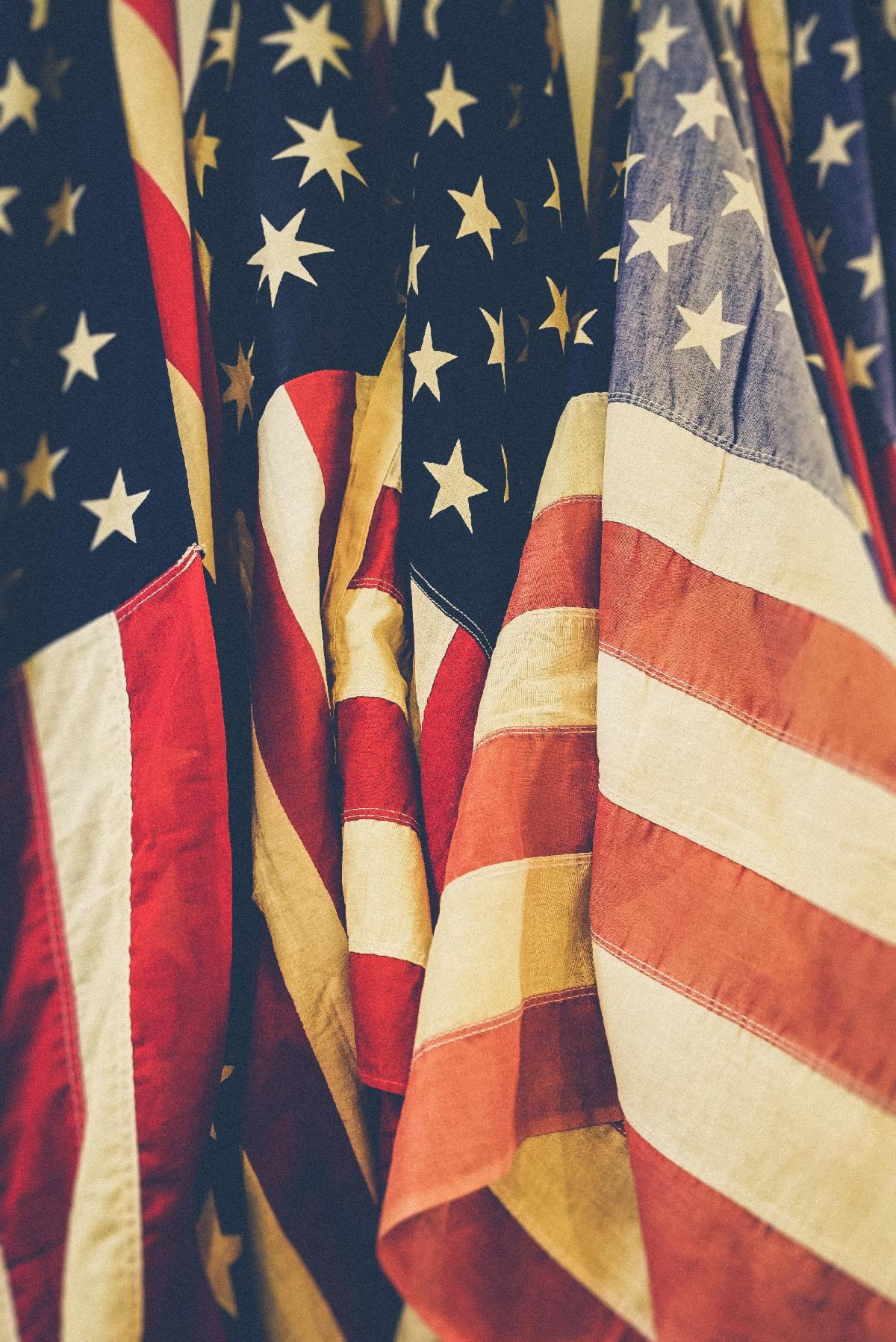The Federal Trade Commission (FTC) recently announced that it had reached a settlement with Cycra Inc. and its chief operating officer. Cycra, a manufacturer of motocross and ATV parts, had advertised that its products were “Proudly made in the USA,” “Made in the USA,” and “Proudly designed, developed and manufactured in Lexington, North Carolina.”
You might wonder what’s wrong with such claims. If the statements are true: nothing. If, however, as in this case, some products were actually manufactured in other countries while others incorporate significant imported components, these representations are misleading.
According to the FTC, Cycra imported at least 30 shipments of parts or accessories from Asia and Europe between March 2019 and August 2022. This included parts that were incorporated into products once in the United States, as well as finished products already packaged for sale with labels falsely indicating the products had been made in the USA.
In fact, the Complaint alleges that Cycra imported shipments from Taiwan of finished products with labels indicating that the products were made in the USA at least twice after US Customs and Border Protection notified it that the origin labels were false.
According to the FTC, “Made in USA” means that “all or virtually all” the product has been made in the United States. In other words, all significant parts, processing, and labor that go into the product must be of US origin. Products should contain no (or only a negligible amount of) foreign content.
There is no “bright line” rule establishing when a product is “all or virtually all” made in the United States, and the FTC looks to a number of factors when making this determination.
First, for a product to be considered “all or virtually all” made in the United States, the final assembly or processing of the product has to take place in the United States.
The FTC considers other factors if this minimum threshold is met, including the percentage of the product’s total manufacturing costs that are attributable to US parts and processing, and how far removed from the finished product the foreign content is.
A qualified claim can be made, but only if the qualification is clear and conspicuous and appears immediately adjacent to the statement being qualified. This qualification must accurately describe the extent to which the product contains foreign parts, ingredients, components and/or processing.
As part of the settlement, Cycra is required to pay a fine of $872,577, though all but $221,385.66 may be suspended, depending on the company’s financial condition. In addition, Cycra must notify customers who purchased improperly labeled products of this mislabeling. The order includes the specific language that must be used:
Our records show that you bought a motorcycle, motocross, or ATV product from Cycra Inc. labeled and advertised as “Made in the USA.” We’re writing to tell you that the Federal Trade Commission, the nation’s consumer protection agency, has sued us for making false claims.
To settle the FTC’s lawsuit, we’re contacting you to tell you that the product you bought was not all or virtually all Made in the USA. In fact, the product was imported from Taiwan.
The notice must also include links to the FTC webpages about the lawsuit and about the laws applicable to “Made in USA” advertising. The subject line of each email is to be “Settlement of FTC false advertising case.”
Over the last couple of years, the FTC has been cracking down on false allegations that products were made in the United States, and this case may be an indication that in the future, the FTC will be requiring others who violate the law with respect to “Made in USA” claims to provide their customers with similar notices.
While the threat of a fine is always there, some businesses may be more motivated to ensure they’re in full compliance with these labeling laws knowing that they may be required to individually advise each of their customers that they have misled them.
For more information about the applicable rules, visit the FTC’s website. Please let us know if you have any questions about these FTC guidelines or need assistance drafting guidelines and policies.
Photo by Jakob Owens on Unsplash






